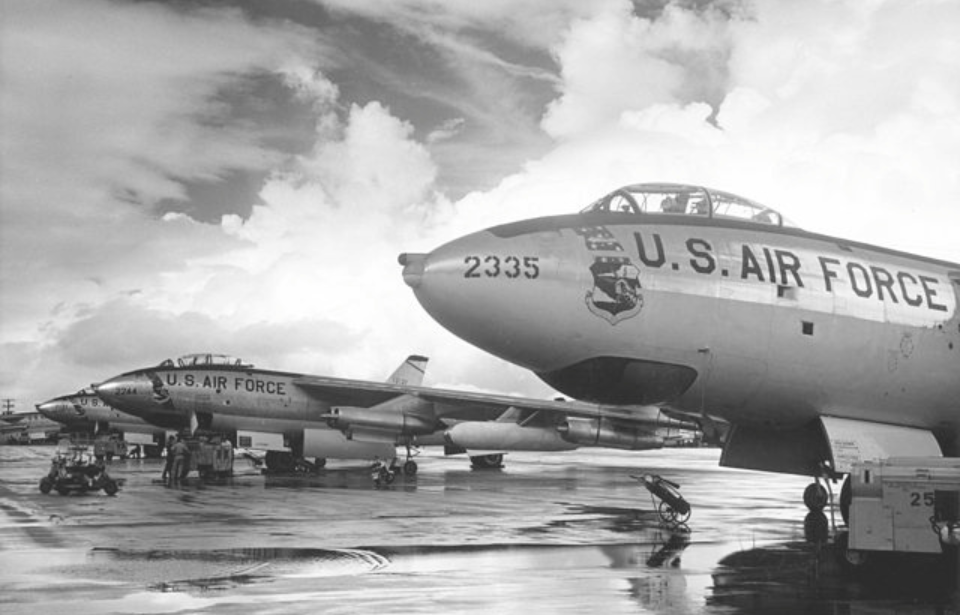Starting in the late 1940s and running through to the end of the Cold War, an arms race occurred between the United States and the Soviet Union. The weapons developed by each nation during this time were swiftly tested and, oftentimes, accidents occurred. One of these incidents occurred in Mars Bluff, South Carolina in 1958.
The United States continued developing bombs after World War II
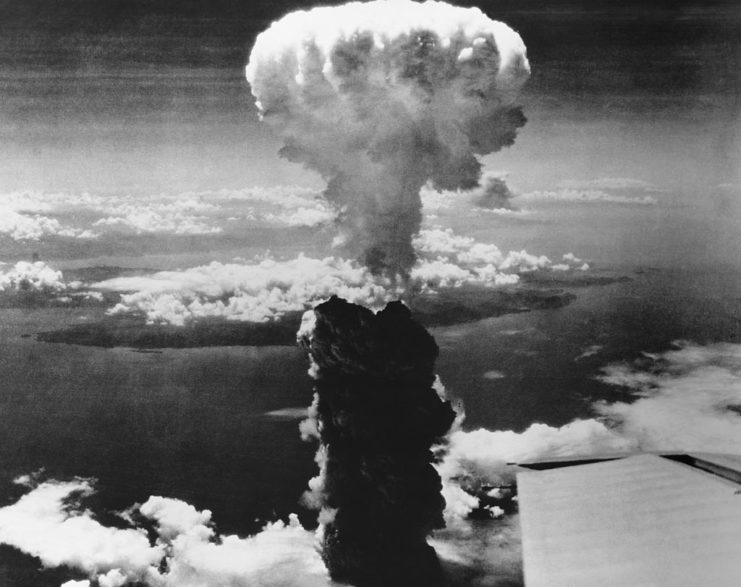
The Second World War was a brutal conflict. The US put an end to it during the summer of 1945 by dropping the atomic bombs Little Boy and Fat Man on Hiroshima and Nagasaki. The country, however, wasn’t finished developing new and more powerful nuclear weapons.
Development of the Mk 6 nuclear bomb
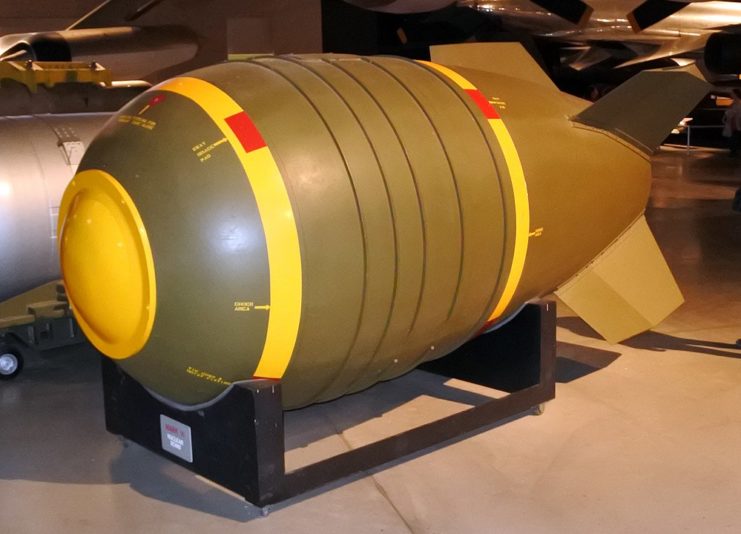
The Mk 6 nuclear bomb was a successor of the explosive dropped on Nagasaki during WWII, and many variants were developed. The design process occurred between 1951-55, and it was in service until 1962. During this time, over 1,000 were produced with varying nuclear yields.
The US Air Force wanted to ensure its pilots understood how to fly with the bombs equipped, should a war break out with Russia. As such, the Mk 6 nuclear bomb regularly featured in training runs. Throughout the 1950s, some were accidentally deployed, with the US military referring to these incidents as “broken arrows.”
A Mk 6 nuclear bomb is dropped on Mars Bluff, South Carolina
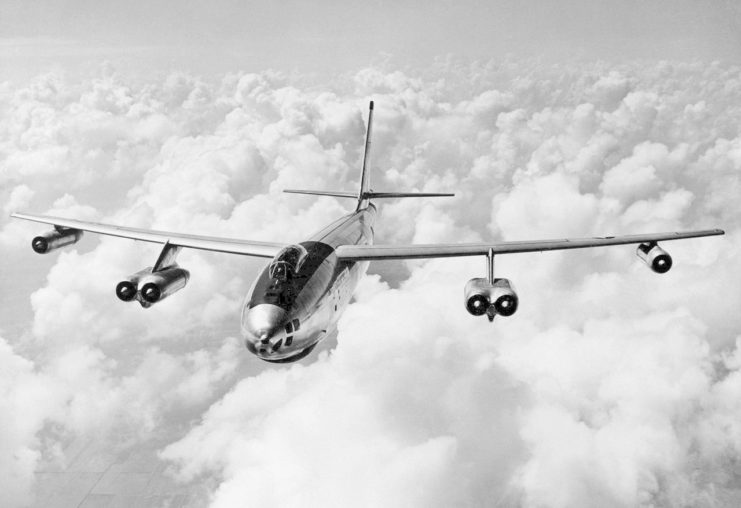
On March 11, 1958, a Boeing B-47 Stratojet took off from Hunter Army Airfield, Georgia. Onboard were members of the 375th Bombardment Squadron, 308th Bombardment Wing. The aircraft was headed to the United Kingdom, before traveling to North Africa as part in Operation Snow Flurry, where pilots would conduct mock bomb drops. Despite it being a training exercise, the aircraft’s crew were feeling pressured, as they were being timed.
Prior to takeoff, the crew had haphazardly placed the Mk 6 nuclear bomb in the bomb bay, having had difficulty locking it into place. The solution to this was to put the explosive in a sling and hit the steel locking pin with a hammer until it was engaged. As was procedure, the mechanism unlocked during takeoff. However, it wouldn’t re-engage once the B-47 was safely in the air.
Navigator and bombardier Capt. Bruce Kulka was notified of the issue. While inspecting the area, he accidentally pulled the emergency release pin, dropping the bomb 15,000-20,000 feet to the ground. What’s more, Kulka found himself in danger, having almost fallen out of the open bomb bay. Had it not been for him grabbing onto something and pulling himself to safety, he likely would have fallen to his death.
The Mk 6 nuclear bomb crashed into a playhouse that a man named Bill Gregg had built for his children. When it landed, Gregg’s children were playing approximately 200 feet away. The playhouse was destroyed in the blast, and the bomb left a 70-foot-wide crater in its wake. Gregg, his children and his wife all suffered injuries, and seven nearby buildings suffered damage.
Reaction to the Mars Bluff Incident
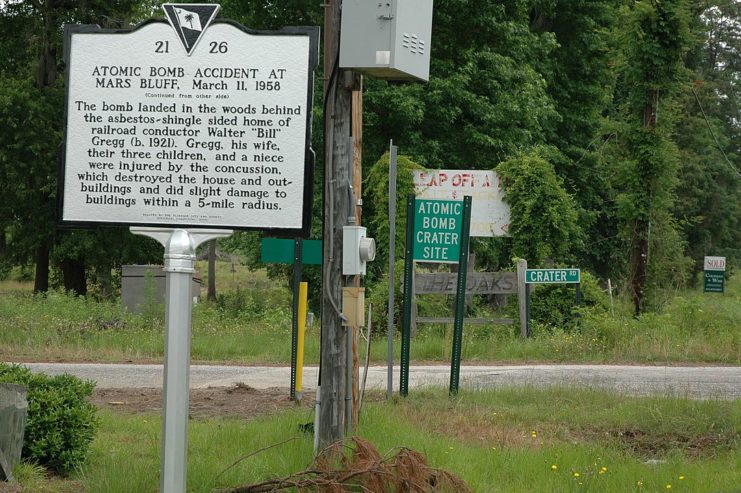
Remarkably, none of those hurt in the blast were seriously injured, as the fissile nuclear core of the Mk 6 nuclear bomb was located in another area of the B-47. What had detonated was the TNT it contained. If a full-scale nuclear blast had occurred, extreme devastation would have been left in its wake.
Within a few hours of the incident, military officials were on the scene. The Gregg family, who had lost everything when the bomb detonated, sued the Air Force and were awarded $54,000. Despite the damage, Bill Gregg kept in good humor about what had happened, later telling the local newspaper, “I’ve always wanted a swimming pool, and now I’ve got a hole for one at no cost.”
Legacy of the Mars Bluff Incident
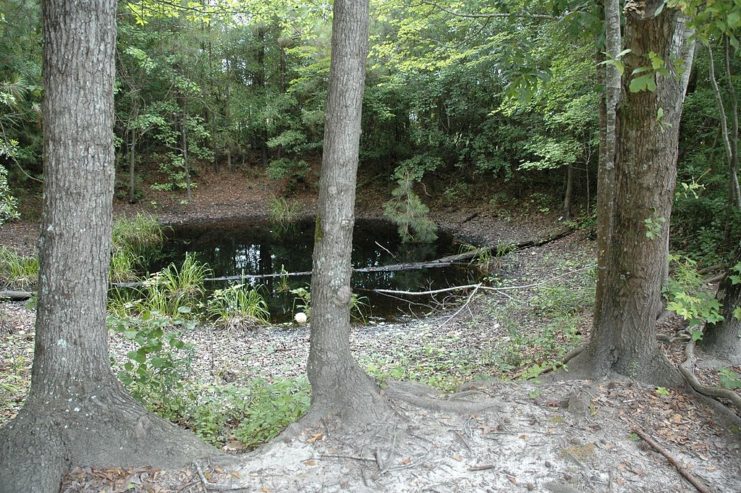
More from us: The US Army Air Corps Once Dropped Bombs on Boise City, Oklahoma
The near-disaster became known as the “Mars Buff Incident,” and received local and international coverage. It also contributed to a change in the way the Air Force ran its training exercises going forward, especially since accidents like it were more common than the military would have liked to admit. Shortly after, the branch stopped carrying nuclear bombs during training missions.
